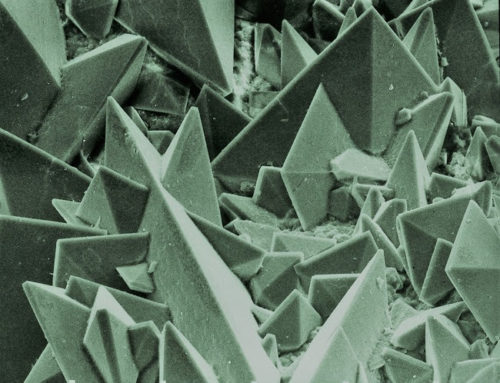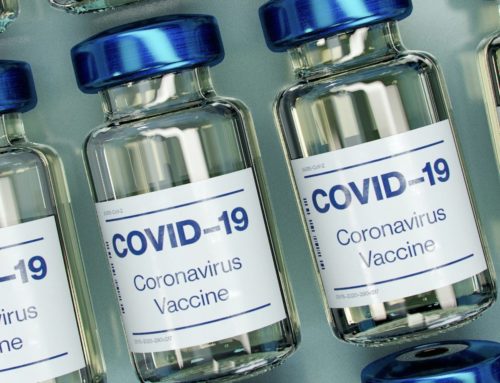Alzheimer’s Disease (AD), is the most prevalent neurodegenerative disease affecting the aging population. It is a very debilitating disease, for which there is no known cure. However, there is reason to have optimism in the treatment of this dreaded illness. That reason is the research on peptides, specifically one called Cerebrolysin, which this article will describe in detail later on.
AD is one of the types of dementia today. Dementia is the result of various cerebral disorders, leading to an acquired loss of memory and impaired cognitive ability. The most common forms are Alzheimer’s disease (AD) and vascular dementia (VaD). Dementia is one of the most important neurological disorders in the elderly. As life expectancy increases, the worldwide number of patients with dementia is projected to grow up to 80 million in 2040. The prevalence of AD in the U.S. alone has been estimated at 5.3 million patients, with a new case developing every 70 seconds.
Key Nutrients are Essential for Preventing and Reducing Cognitive Decline
Facing an increasing prevalence of AD and VaD due to the general population aging, the search for drugs capable of reducing manifestations of cognitive function deficits has become a challenging priority. While modern medicine is focused on pharmaceuticals, these drugs have so far failed to offer an affordable and effective treatment option. A robust, well-researched and individualized natural medicine therapy program, along with the injectable peptide Cerebrolysin, which has proved in studies to be an effective treatment in AD and memory and cognitive impairment provides us with an effective therapeutic program that can help millions of people.
What Causes Alzheimer’s Disease?
The cause of AD is not clear today. It is attributed to many factors, such as amyloid deposits, metabolic issues like diabetes, and chronic inflammation. In a normal, healthy brain, amyloid is produced, broken down, and its debris is then cleared away to prevent it from piling up between brain cells. In the case of a brain under siege by AD, the amyloid accumulates and hardens into insoluble plaques that, researchers suspect, are neurotoxic and may take their toll on mental functioning by upsetting nerve cell function, producing inflammation and killing nearby cells.
There are no clear biomarkers for Alzheimer’s. This sets it apart from Diabetes (Hemoglobin A1c, fasting insulin), Cardiovascular Disease (Apolipoprotein B, C-reactive protein, Homocysteine), Osteoporosis (Bone Density testing), and Cancer(tumor markers and scans).
Most funding in pharmaceutical research today is being spent on Multiple Sclerosis (MS). In Alzheimer’s and Parkinson’s Disease (PD), drug development is a small amount. Yet, MS is much less prevalent than AD and PD. Science, with a view to treat and prevent, has been looking at anti-inflammatories (i.e. ibuprofen), statin cholesterol-lowering drugs, estrogen, acetylcholine (cholinesterase inhibitors) and nerve growth factor, as well as antioxidants (i.e. vitamin E).
Peptides in Neurodegenerative Diseases
A peptide is a compound consisting of two or more amino acids linked in a chain in a specific pattern. The function that a peptide carries out is dependent on the types of amino acids involved in the chain and their sequence, as well as the specific shape of the peptide. Peptides often act as hormones and thus constitute biologic messengers carrying information from one tissue to another through the blood.
At certain thresholds of medical knowledge, such as today, there are tipping points that alter and affect our views of the ways we diagnose, treat, and heal individuals. Peptides are the newly emerging science of cell signaling amino acid sequences, which have far-reaching regulatory and rejuvenation actions on neuro-endocrine-immune functionality.
The targeted and specific use of peptides in the environment can help to rewrite body chemistry relationships, and ultimately spur a restorative trend to anabolism and homeostasis. Peptides can also be utilized and applied in the treatments of injury, aging, illness, and peak performance. However, peptides do not have a lot of research in this country, though they are much more extensively researched in Canada and in Europe. Most importantly, peptides are synergistic with herbs and nutrients. One peptide that has shown the most promise in AD and cognitive dysfunction is called Cerebrolysin.
Cerebrolysin Peptide
The main peptide that has good research behind it is called Cerebrolysin. This peptide is a game changer today. In Europe, it is used a lot as a drug for neurodegenerative disorders, from Alzheimer’s to Parkinson’s Disease, to strokes and head injury sequelae. We in the US, for the most part and in modern medicine, are not yet using it in these ways. Cerebrolysin has not yet been embraced by neurologists in the U.S., though it is being prescribed worldwide.
Cerebrolysin is a combination of nerve growth factors. It is a low molecular weight protein that crosses the blood brain barrier well and gets into the cerebrospinal fluid. It has been shown to improve synapse function and lower amyloid deposition (a key driving cause in Alzheimer’s Disease) in the brain by multiple mechanisms. Research shows that this one injectable peptide protects neurons from free radical stress, and improves metabolic activity of neurons.
Like other peptides, Cerebrolysin is isolated from porcine (pig) brain matter. Some people are concerned for the risk of prion brain disease, called mad cow disease. This concern may be out of proportion to the degree of occurrence of this rare disease.
However, every therapy decision has to be seen in the light of benefits vs. risks. The risks of prion disease are very minimal today. This must be weighed with the risks that go with advanced Alzheimers, Parkinson’s, stroke deficits, and the sequelae of head injuries, and how these illnesses and conditions are impairing lives and families today.
Dosing of Cerebrolysin
This depends on the reason to use it. In people with mild cognitive impairment, this is the schedule that is recommended: The protocol that is not uncommonly prescribed by physicians in the U.S who are using this peptide, is 1 ml injected subcutaneously or IM every day x 40 days, then 80 days off, then repeat.
In people with more advanced AD or PD, the medical center based clinical studies show that frequent IV administration has helped many of these patients. This can include a 5 ml IV drip in a normal saline IV in consecutive days in more serious conditions. Some clinicians have noticed patient improvement after just a few IVs.
My next article reviews the natural medicine therapies and lifestyle changes that are essential in anyone with memory or cognitive impairment.
Dr. Zieve is now accepting patients with memory or cognitive impairment, including Alzheimer’s Disease.



